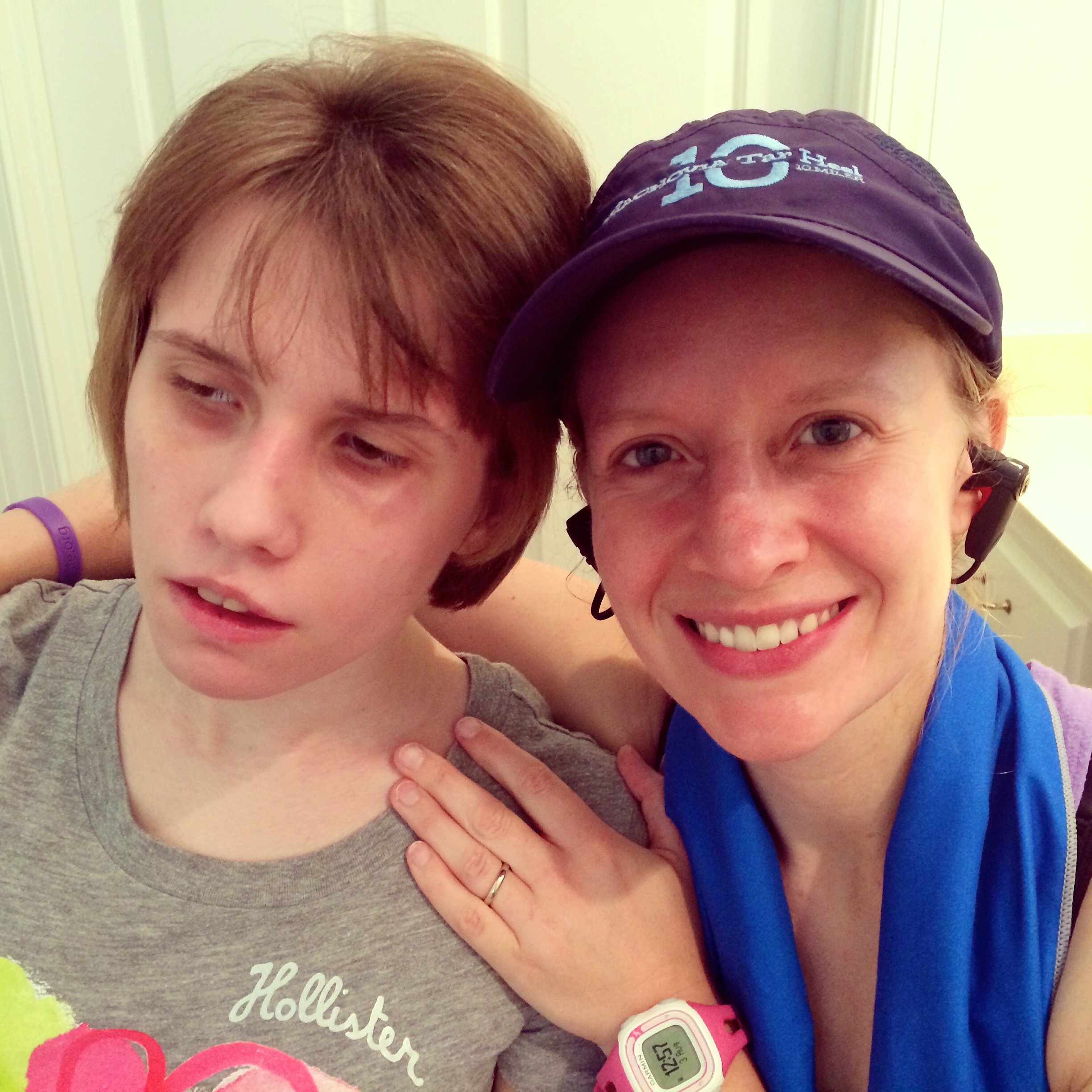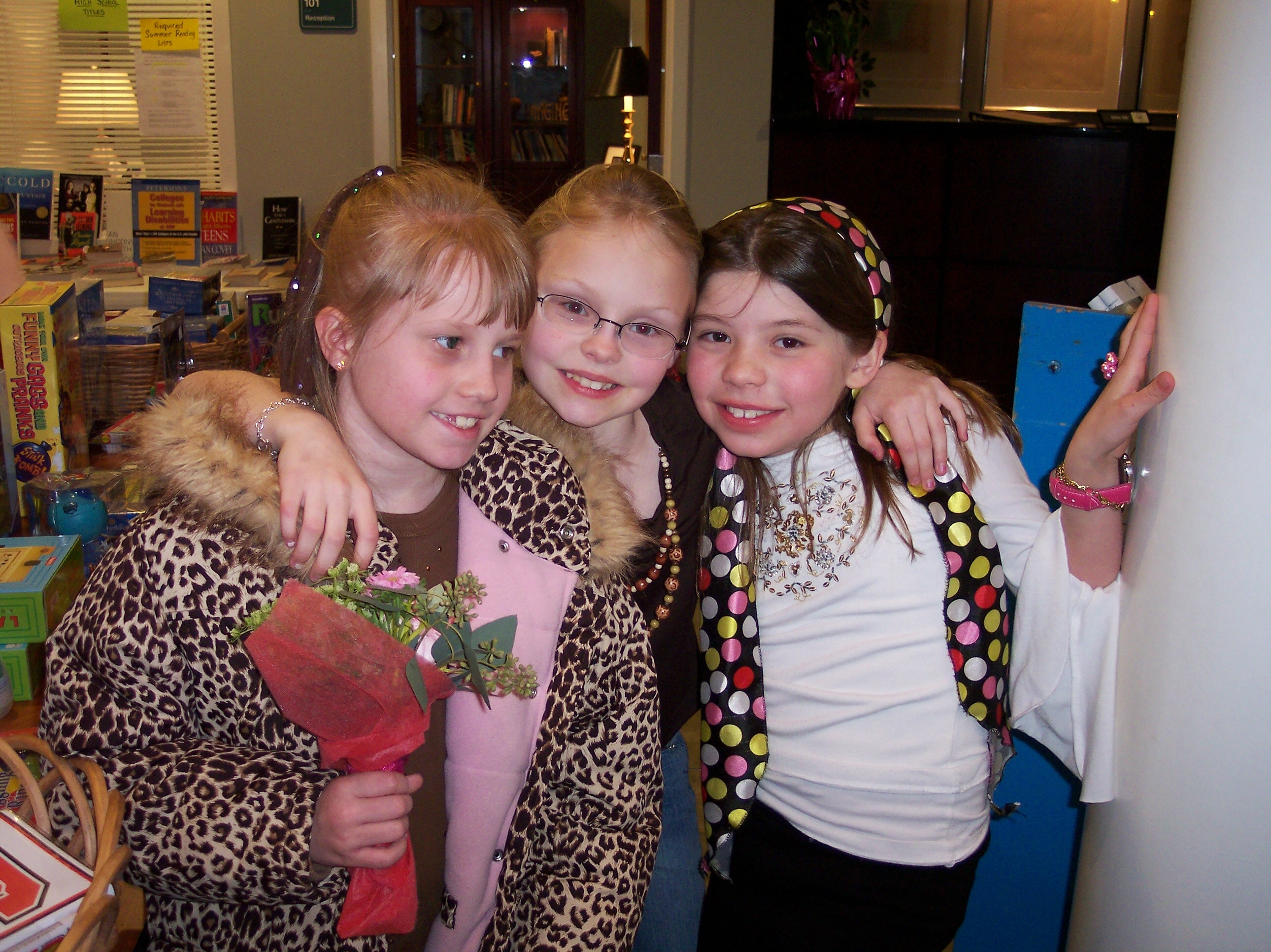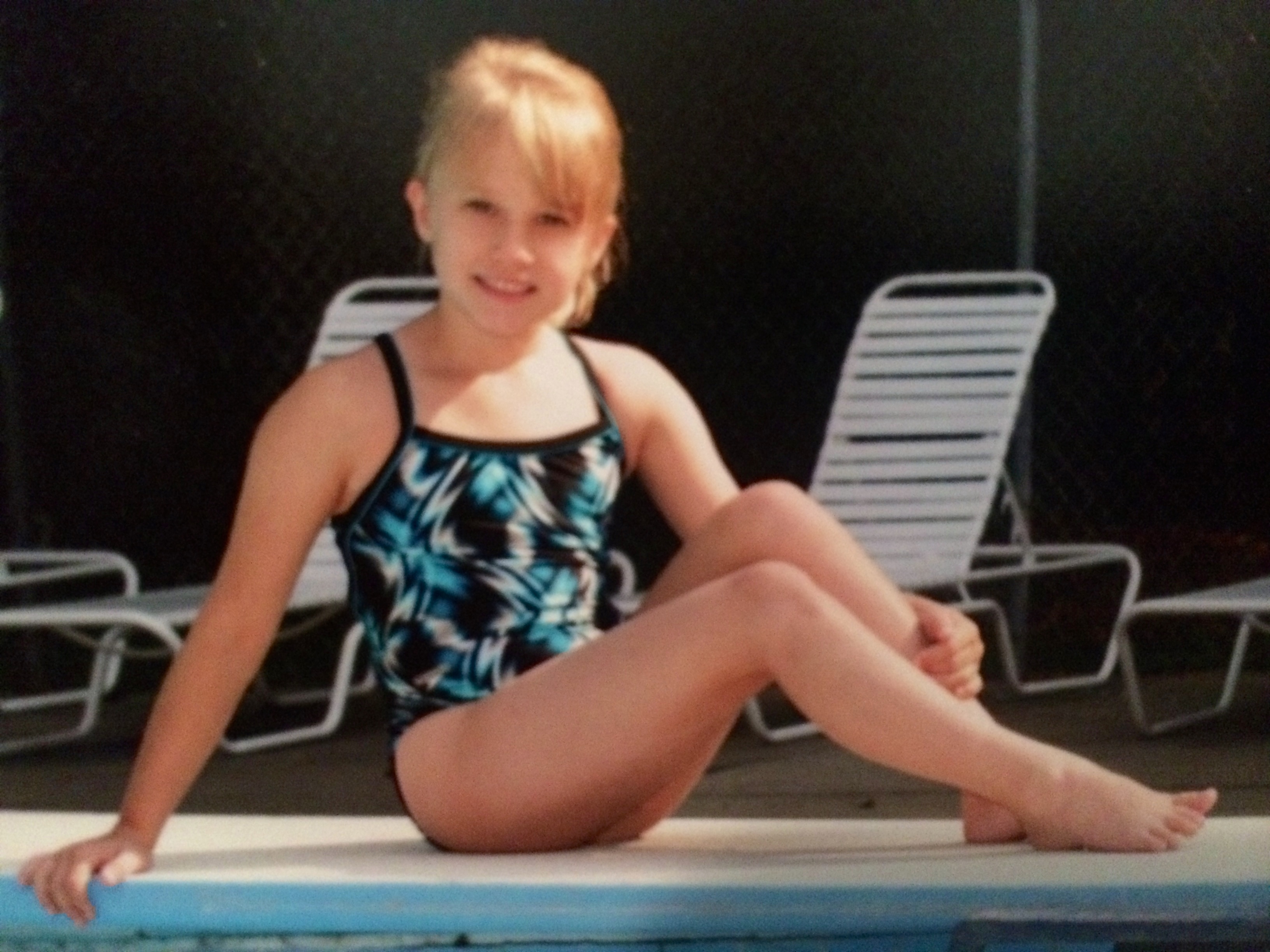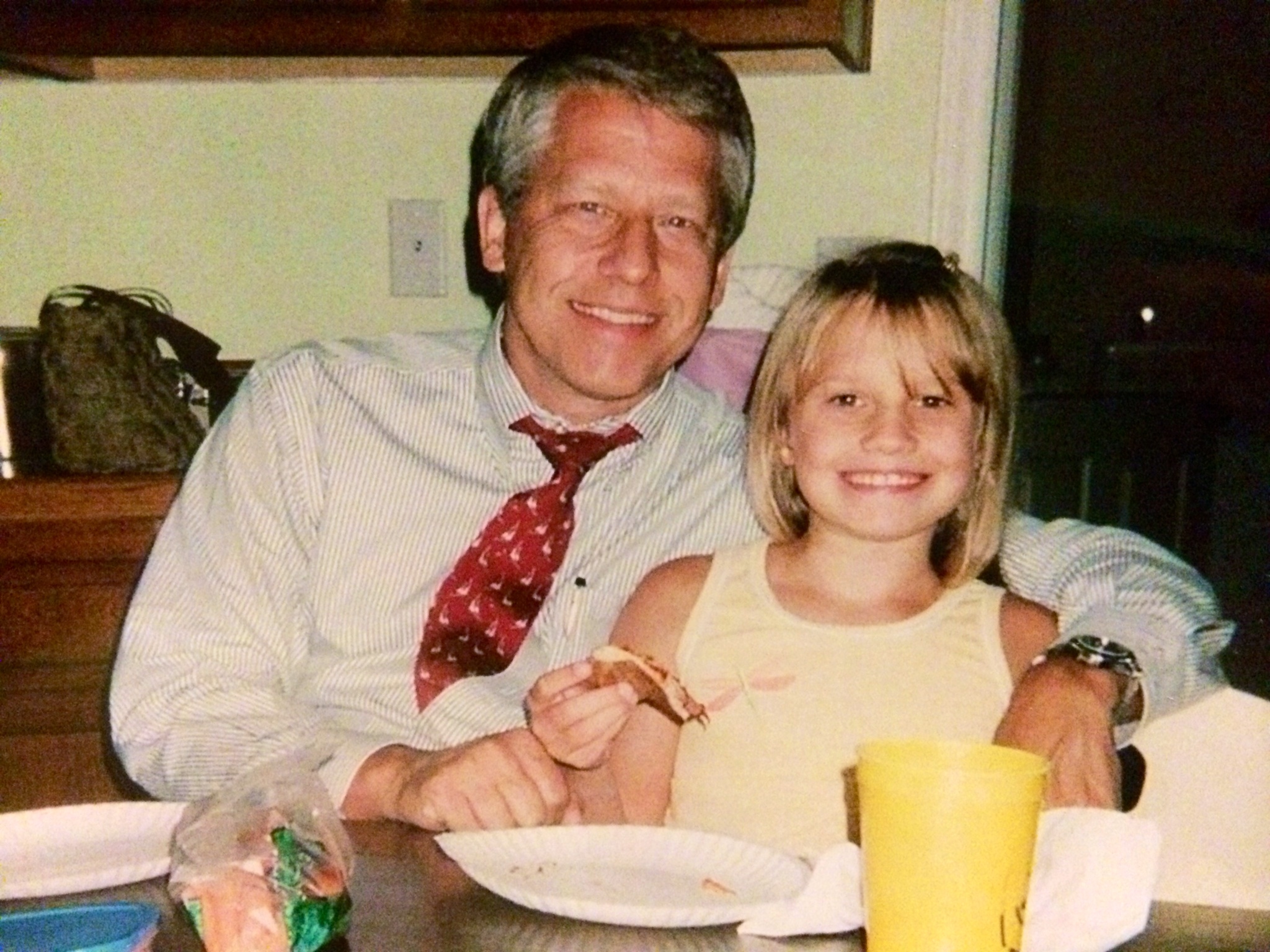By Sharon King
My home office is more than just messy – it’s a disaster. It would be a lie to blame the mess on our recent home renovation, an effort in part to make the house more accessible for Taylor. My office was begging for some organization long before walls started coming down. But during the project, we had to find a temporary home for “stuff.” The office was an obvious place, and you know how it is – a mess tends to breed a bigger mess.
 After months of promises, I finally began tackling the mess this past weekend. I’ve sorted and cleared files, donated Taylor’s old art supplies, disposed of collected clutter…and you can hardly tell I’ve started. I’ve found a few forgotten treasures, though, including a fifth grade project that Taylor did with her teacher, Miss Jill. It was stashed behind a cabinet.
After months of promises, I finally began tackling the mess this past weekend. I’ve sorted and cleared files, donated Taylor’s old art supplies, disposed of collected clutter…and you can hardly tell I’ve started. I’ve found a few forgotten treasures, though, including a fifth grade project that Taylor did with her teacher, Miss Jill. It was stashed behind a cabinet.
This year has been a turning point for Taylor. For a long time, it felt as if we’d kept the Batten monster at bay. Then, on New Year’s Eve, the real invasion began. We met Laura and John in a restaurant to welcome in 2014. There was lots of celebrating and lots of noise. All of a sudden, Taylor spun out of control, and it took hours to calm her. Since then, there have been multiple trips to the ER with tremors and seizures. Our happy chatterbox has stopped talking. A feeding tube was placed in June.
I do my best to wear a happy face, but most days are pretty tough. I despise feeling so helpless. I’ve been a control freak for as long as I can remember, but I’ve met my match. Batten disease takes no prisoners. Batten disease can make you feel totally helpless, yet people wonder at my “bravery” all the time.
In my mind, a display of courage would be skydiving, singing our national anthem in the Carolina Panthers’ stadium or participating in a clinical trial. It seems that often, bravery is about taking some kind of action and requires a choice. There’s no way I’m brave enough to jump out of an airplane, and I’ll never try. I might find the nerve to sing in front of tens of thousands, but the real test of bravery would be the audience’s. I’ve never participated in a clinical trial, but I know now that I would if I needed the hope it could provide. Taylor participated in a clinical trial, but she didn’t make the decision on her own. Her parents chose to allow her participation, and it required every ounce of bravery we could muster. Taylor, of course, was the patient. Taylor is the bravest person I know.
“Courage is like love, it must have hope for nourishment.”
~Napoleon Bonaparte
So yes, I guess I have courage. I know that I’m hopeful and that my hope is nourished in different ways, including staying in the fight for answers for children like Taylor. But it has been a long time since my daughter’s diagnosis. While there have been exciting developments in the research space, they’re never enough for a mom watching her child lose everything precious – her ability to see the sunlight streaming through her bedroom window; to walk around the block; to eat her favorite mac and cheese.
A South Carolina family is facing a similar journey as their daughter, Eliza, battles Sanfilippo Syndrome. You may have seen their video that went viral last spring. Eliza’s mom speaks for so many patients in the rare disease community:
“Hope is a nice word, but we need action.”
Maybe courage is really more about action than hope.
Sorry, Napoleon.

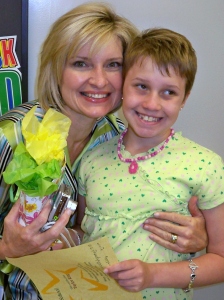
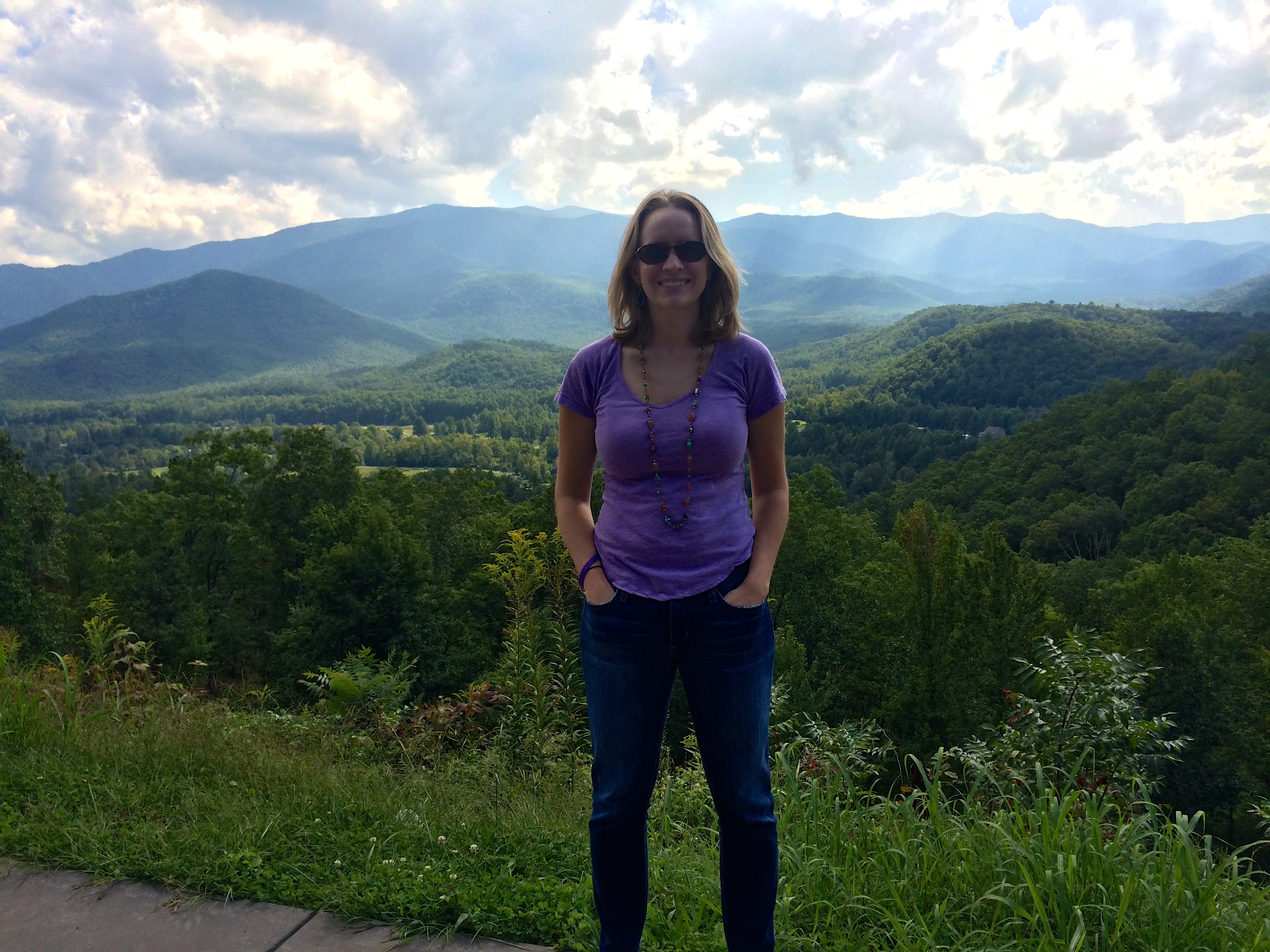
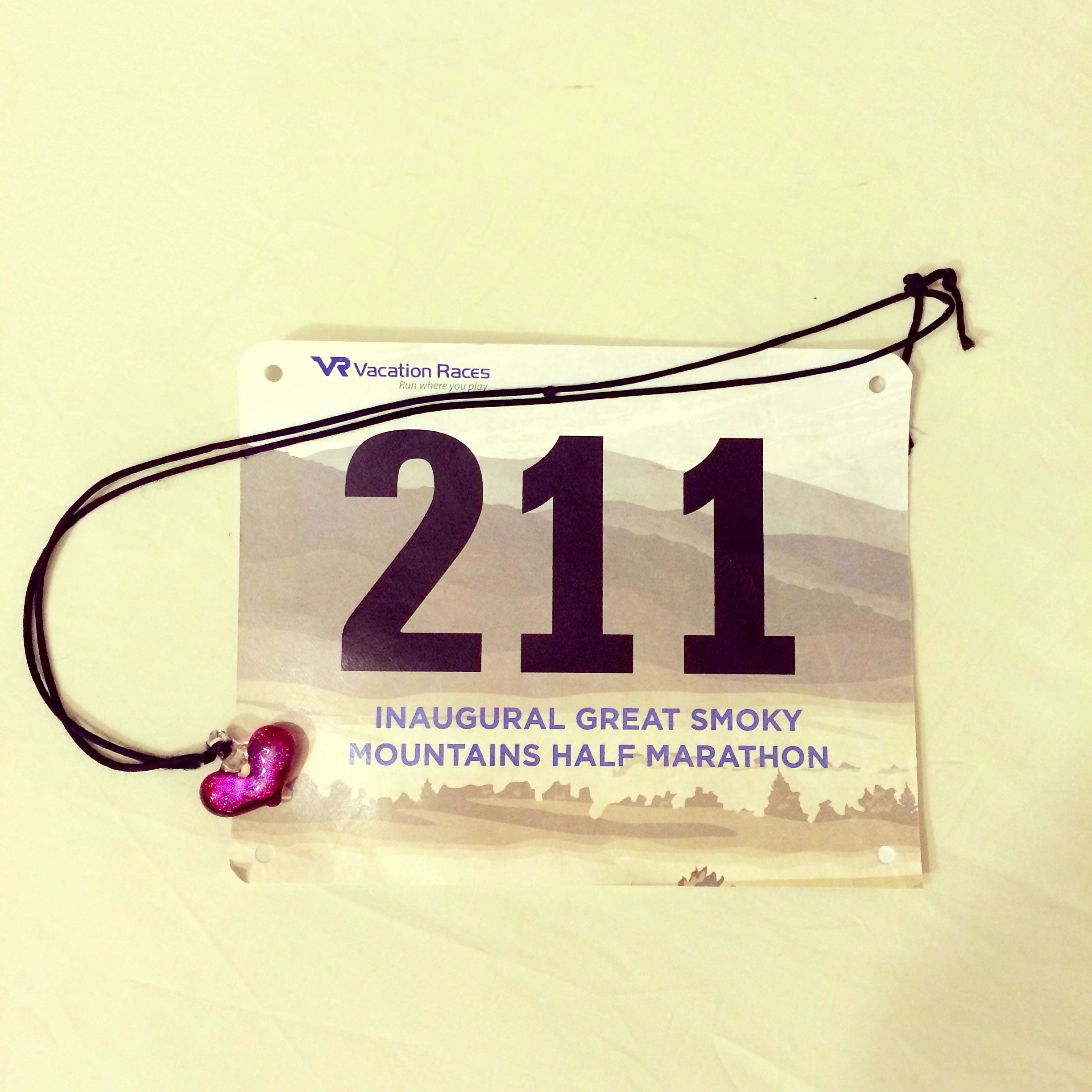
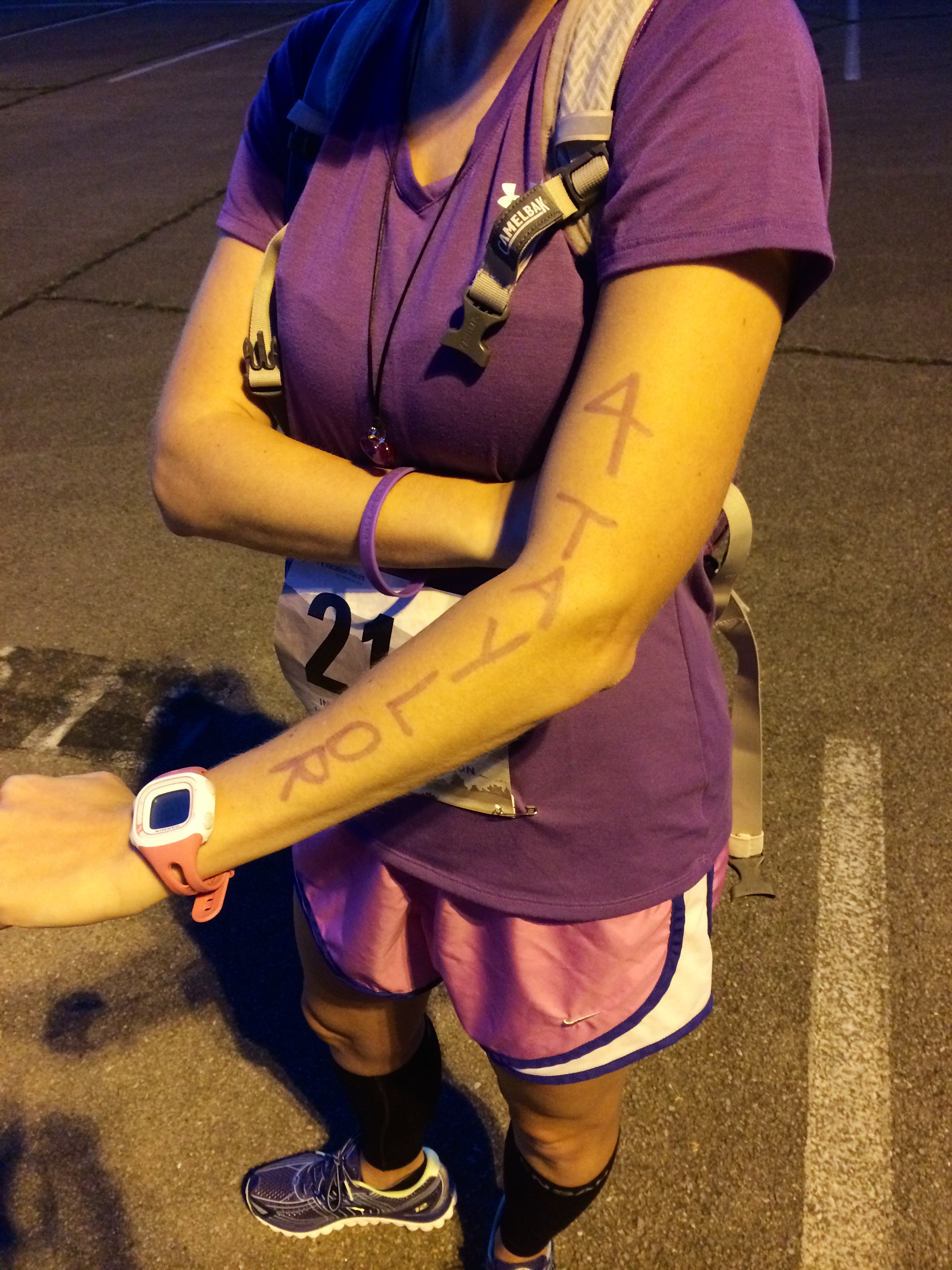
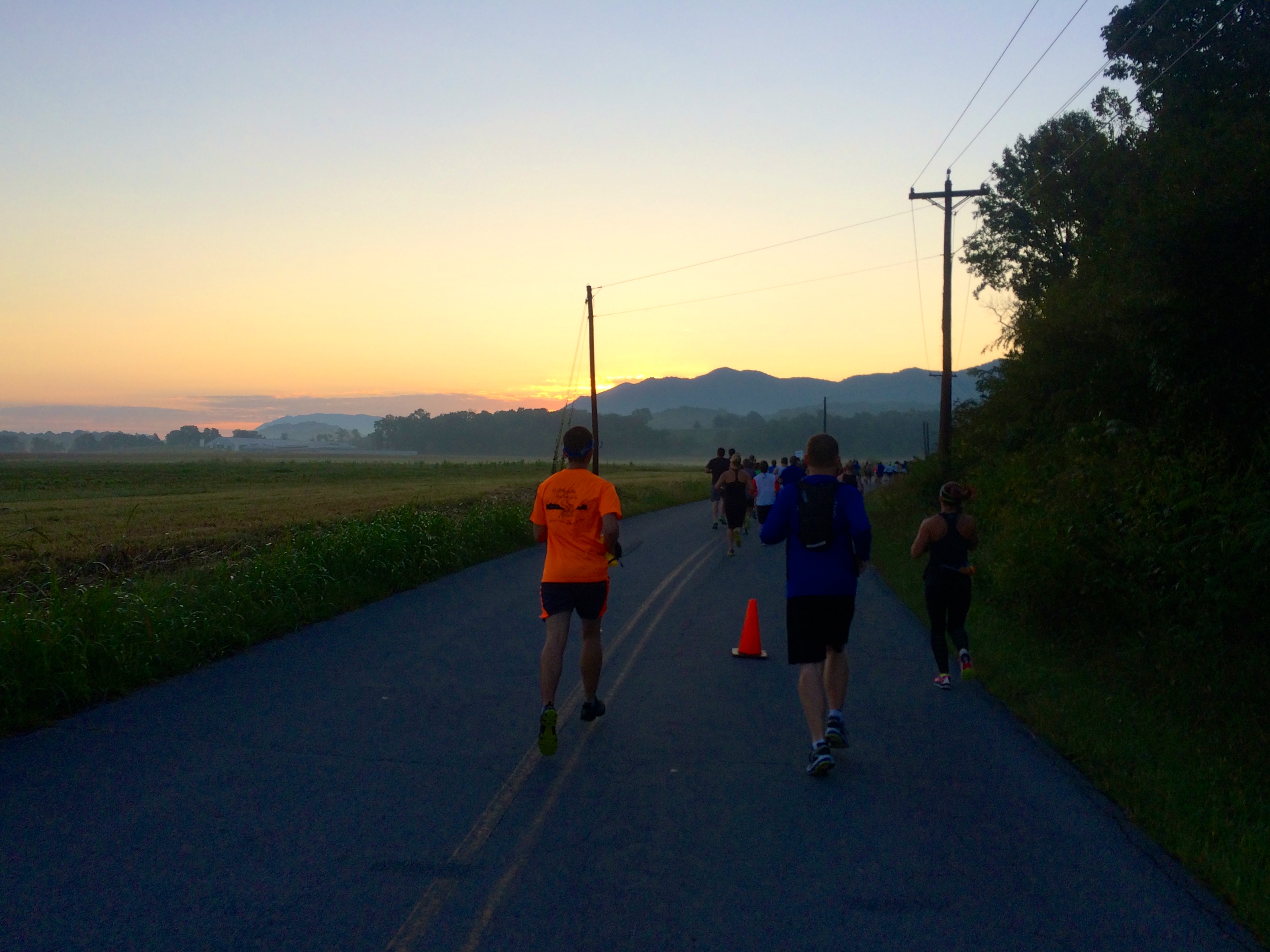
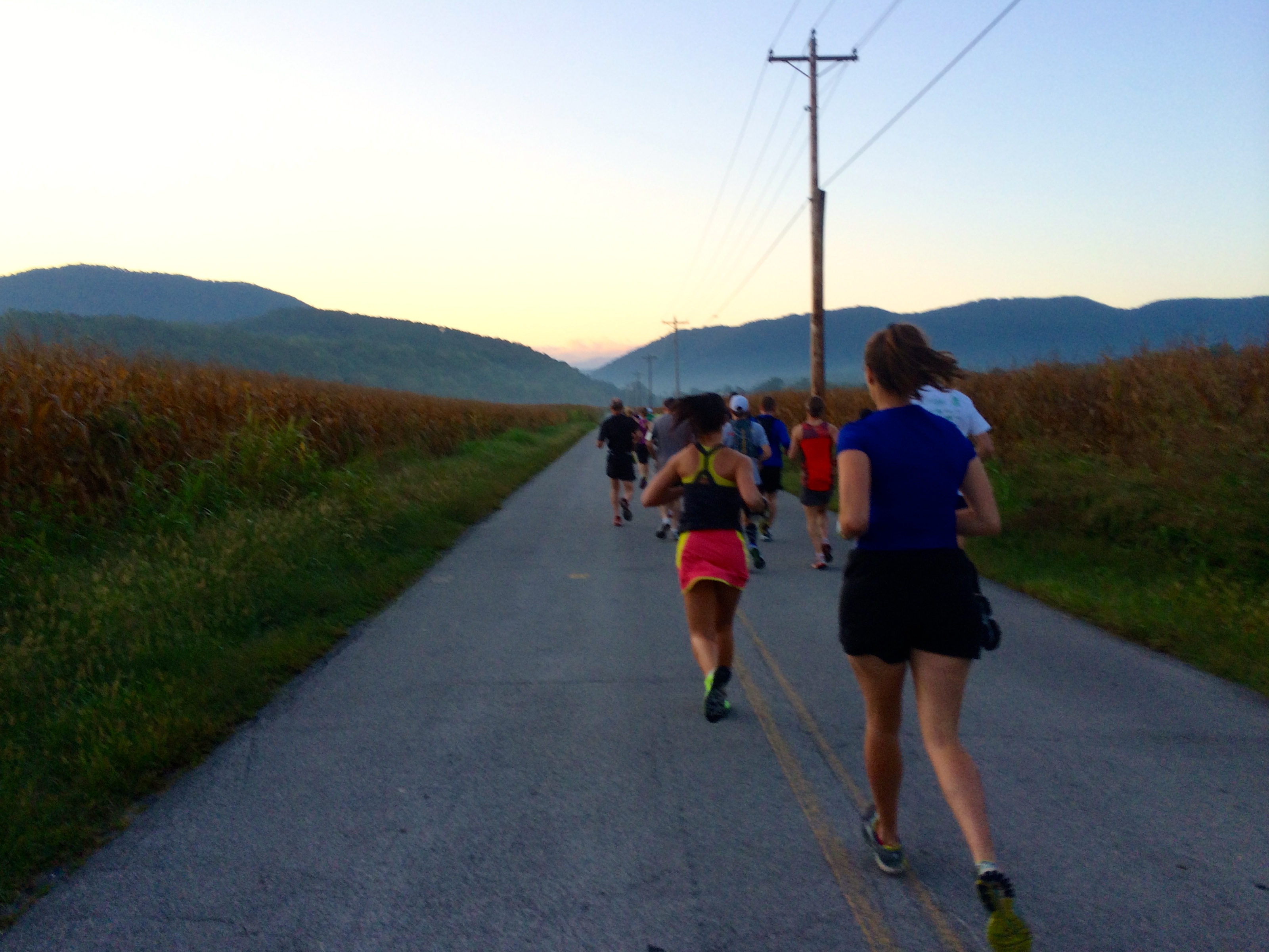

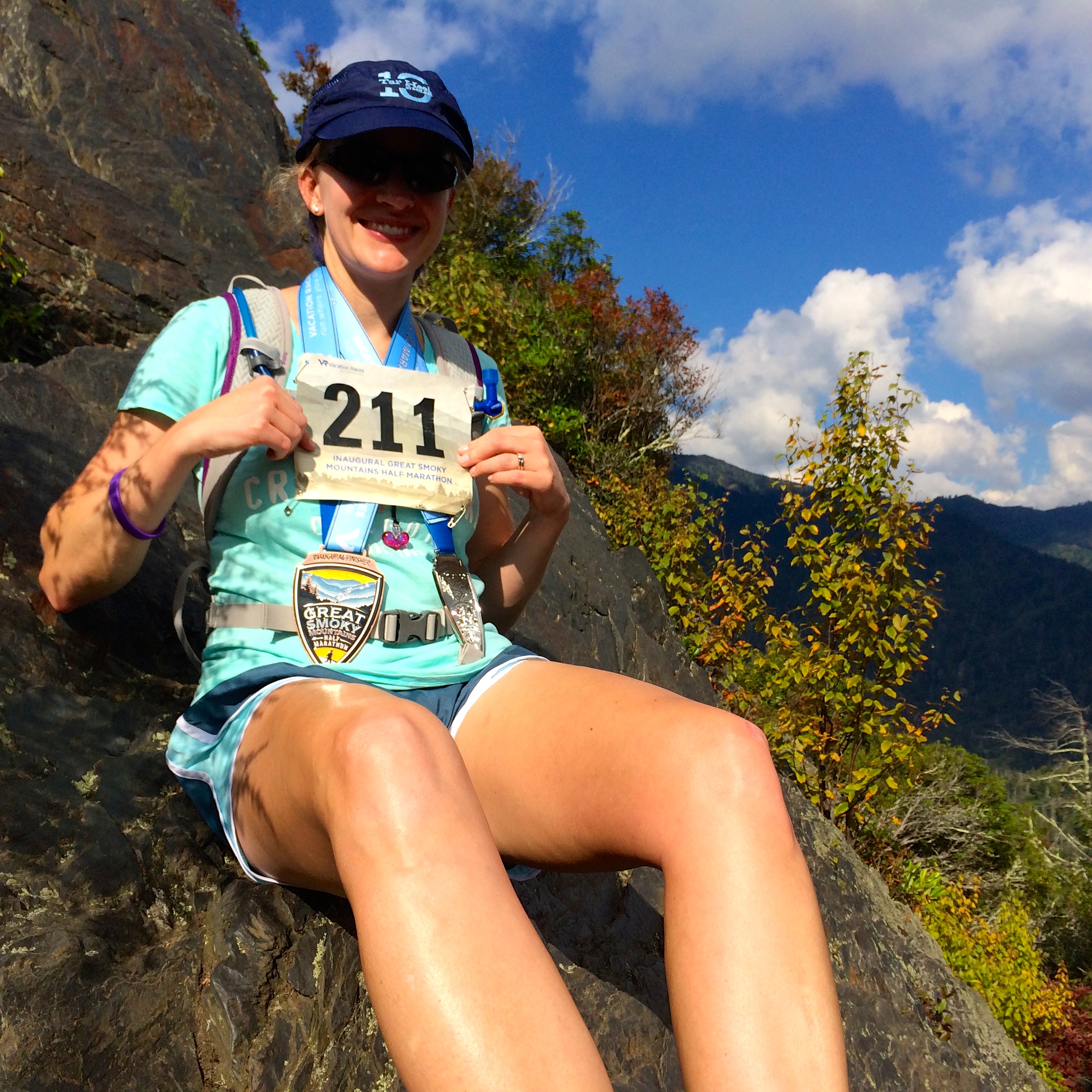
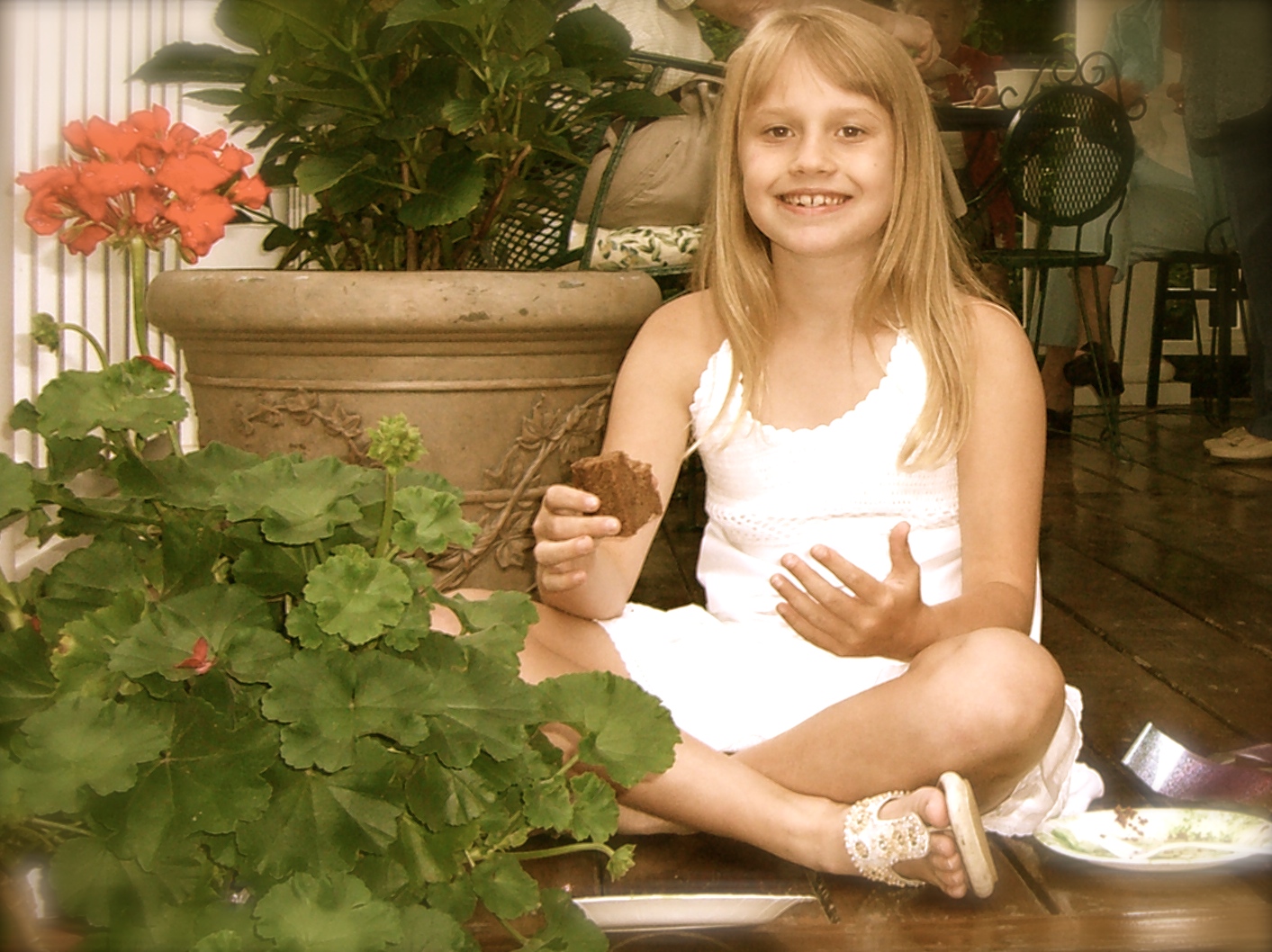
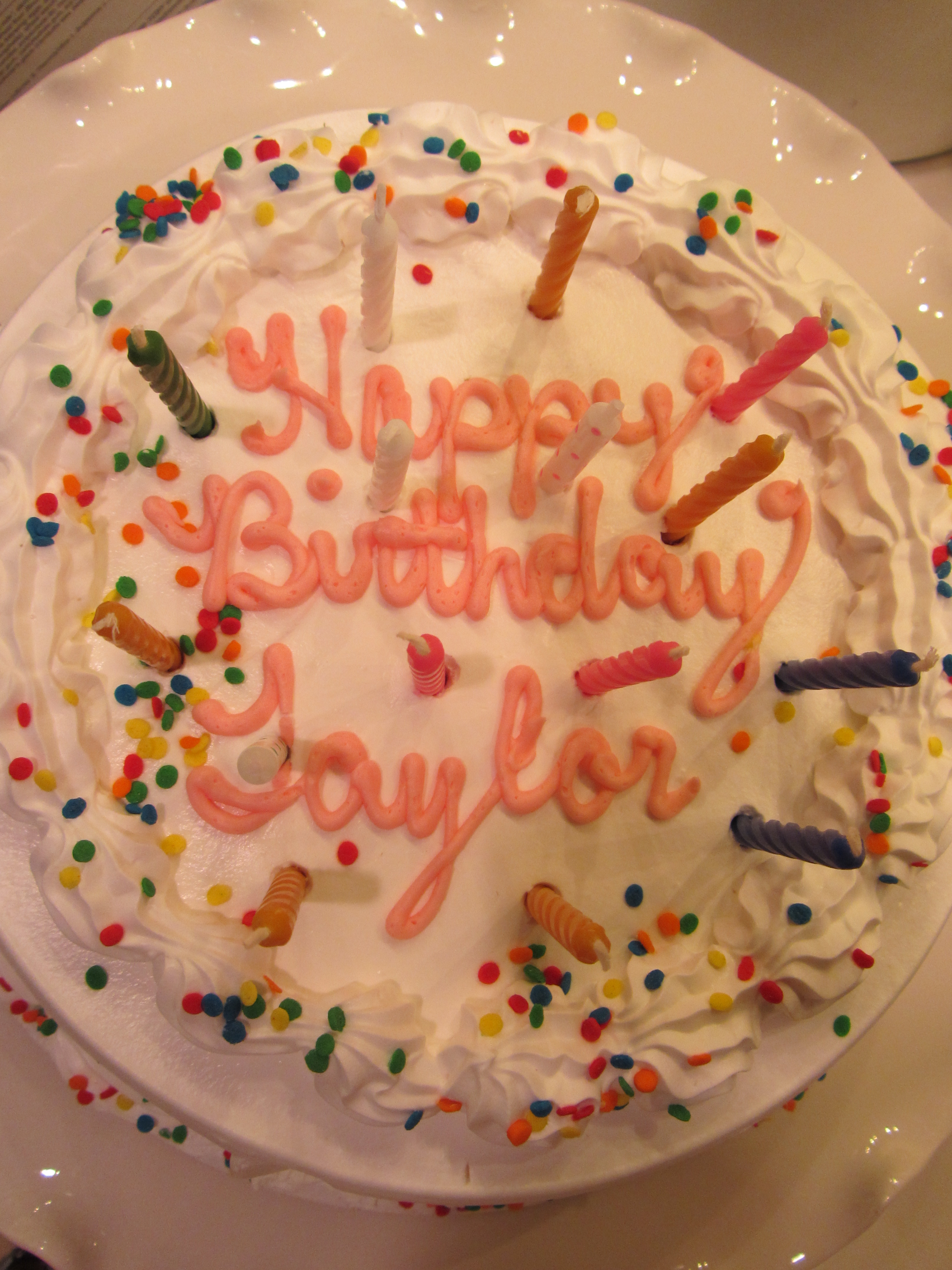 Tomorrow (August 19) is Taylor’s 16th birthday. In honor of my little sister’s Sweet Sixteen, I’m asking my readers to do at least one of the following:
Tomorrow (August 19) is Taylor’s 16th birthday. In honor of my little sister’s Sweet Sixteen, I’m asking my readers to do at least one of the following: